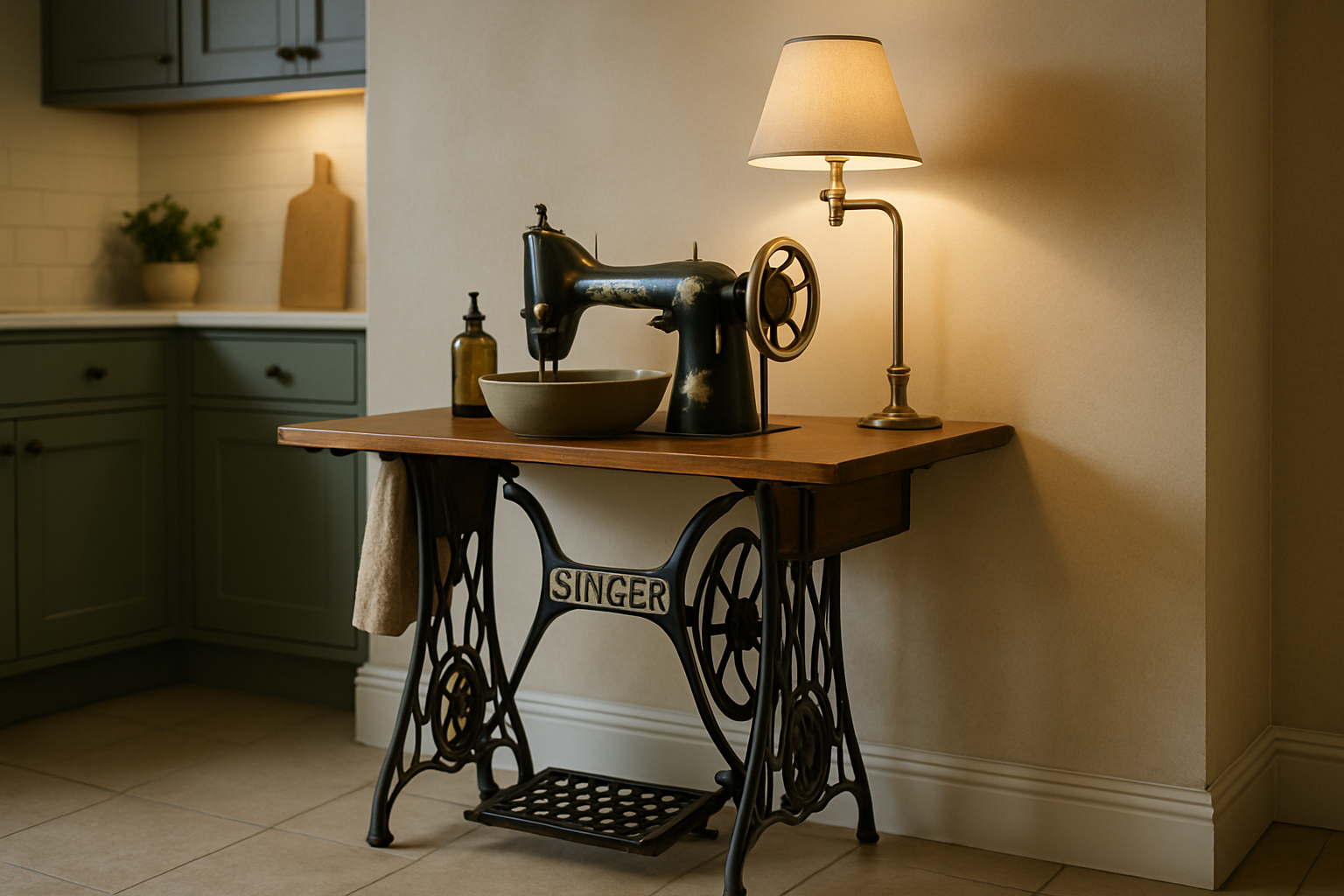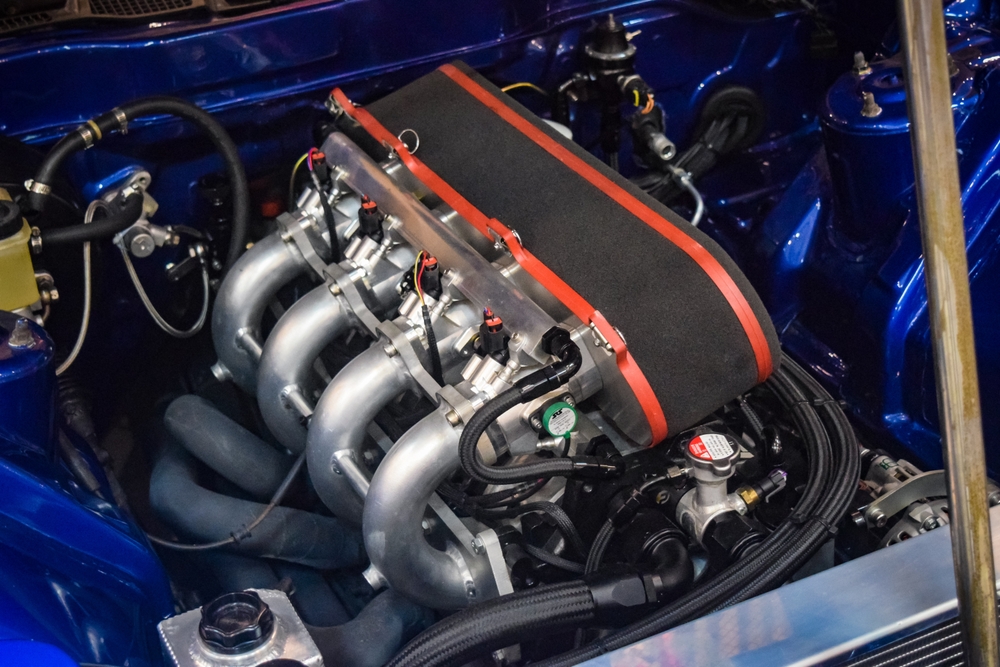Upcycling Antique Sewing Machines: A Chic Blend of Nostalgia and Function
Imagine walking into a sleek, modern kitchen and spotting a gleaming, repurposed antique sewing machine base transformed into a stunning island centerpiece. This unexpected fusion of old-world charm and contemporary design is capturing the imagination of home decorators worldwide. Welcome to the art of upcycling antique sewing machines – a trend that's breathing new life into forgotten relics and redefining interior aesthetics.

From Dusty Attics to Design Statements
The journey of these machines from forgotten heirlooms to coveted decor pieces is a testament to the power of creative vision. Designers and DIY enthusiasts alike are seeing beyond the rust and cobwebs, recognizing the potential in these cast-iron beauties. The transformation process often involves careful restoration of the metal components, preserving the original patina while ensuring structural integrity.
Innovative Upcycling Ideas
The versatility of antique sewing machine bases has sparked a myriad of creative applications. One popular trend is converting them into unique bathroom vanities. The sturdy iron base provides an excellent foundation for a custom countertop, while the treadle mechanism can be repurposed as a towel holder. In living rooms, these bases are finding new life as elegant side tables, their wrought-iron scrollwork adding a touch of vintage elegance to modern spaces.
The Kitchen Revolution
Perhaps the most striking application of upcycled sewing machines is in the kitchen. Innovative homeowners are using the bases as supports for kitchen islands, creating a stunning focal point that seamlessly blends industrial chic with rustic charm. The addition of a wooden or marble top transforms these machines into functional workspaces that are as practical as they are beautiful.
Lighting Up Creativity
Lighting designers have also embraced the sewing machine upcycling trend, creating unique lamps and chandeliers. The machine heads, with their intricate mechanisms, serve as fascinating lamp bases, while the wheel can be repurposed as a striking pendant light. These lighting fixtures not only illuminate spaces but also serve as conversation starters, each telling a story of ingenuity and historical appreciation.
The Art of Preservation
While upcycling breathes new life into these antiques, it’s crucial to approach the process with respect for their historical value. Experts recommend preserving as much of the original structure and detailing as possible. This not only maintains the machine’s integrity but also enhances its appeal as a design piece. The key is to strike a balance between restoration and reinvention, allowing the machine’s history to shine through its new purpose.
Sourcing and Selection
For those inspired to embark on their own upcycling project, sourcing the right sewing machine is crucial. Antique markets, estate sales, and online marketplaces are treasure troves for these vintage gems. When selecting a machine for upcycling, consider factors such as the condition of the cast-iron base, the intricacy of the design, and the overall size and proportions that will suit your intended project.
DIY Challenges and Rewards
Upcycling an antique sewing machine is not without its challenges. The process often requires a blend of skills, from metalworking to woodcraft and design. However, the rewards are significant. Beyond creating a unique piece of functional art, there’s a profound satisfaction in giving new purpose to a piece of history. Each project becomes a personal journey of creativity and historical connection.
The Environmental Angle
This trend aligns perfectly with the growing emphasis on sustainable living and reducing waste. By repurposing these machines, we’re not only preserving pieces of history but also reducing the demand for new, mass-produced furniture. It’s a small but significant step towards more environmentally conscious home decor choices.
Future of Antique Upcycling
As the popularity of upcycled sewing machines grows, we’re likely to see even more innovative applications. From outdoor garden features to unique wall art, the potential seems limitless. This trend is part of a larger movement towards incorporating history and craftsmanship into modern living spaces, creating environments that are both forward-looking and respectful of the past.
Upcycling antique sewing machines represents more than just a design trend; it’s a celebration of craftsmanship, history, and sustainable living. As we continue to seek ways to personalize our living spaces and reduce our environmental impact, these reimagined relics offer a perfect blend of form, function, and narrative. In giving new life to these machines, we’re not just decorating our homes – we’re stitching together the past and present, creating spaces that are uniquely meaningful and beautifully functional.





